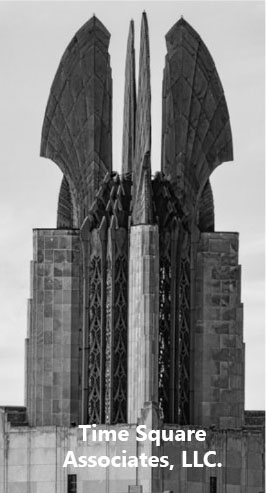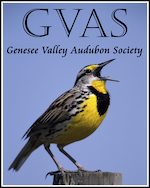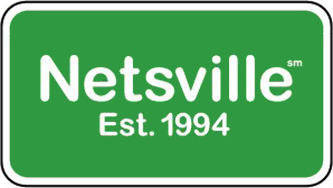Banding Day 2007 Wrap-up
Thursday, May 31st, 2007
Many thanks to everyone who entered the Rochester Falconcam’s Eyas naming contest. We received over 300 entries from as far away as Australia! There were so many great names it was difficult even to whittle down the list, to say nothing of actually choosing the final names. This year with four female eyases, our male name finalists were unfortunately out of the running by default, but it’s just another of life’s little surprises.
Banding began around 10:00 AM, a little later than the team had planned. We were just getting ready to get the eyases from the nest box when Mariah arrived with food. Anyway, we had to wait for her to finish feeding the eyases their third breakfast of the morning(!), and we were obliged to operate on falcon time instead of our own schedule.
Mariah is well known as an aggressive falcon, especially in defense of her territory and her eyases. This year was no different. She launched attack after attack at the wildlife technicians from the New York State Dept. of Environmental Conservation as they removed the eyases. In the picture at the left you can see how we used lawn rakes to protect the backs of the workers. The rakes were held like shields. Mariah dove at them and peeled away at the last moment. In this way we kept the workers safe, and also minimized the chance that Mariah might get injured in a collision with a member of the banding team.
The best way to ensure her safety was to retrieve the eyases as quickly as possible, and that’s just what we did. Inside, Barbara Loucks and Mike Allen of the New York DEC took each eyas in turn and applied aluminum identification bands to each of the birds’ legs. These ID bands will help scientists and others to identify the falcons after they leave the area later this summer. Each eyas also received a quick health check. You’ll be happy to know that all were found to be in good condition and, not surprisingly, well fed too!
As each eyas received its band, its name was announced to a group of school children and others watching the banding through a live video feed in Kodak’s lobby. If you missed the names, you can find them at our Banding Day page. We even took a couple of the newly banded eyases down to the lobby so the children could see the young falcons up close. The Rochester Falconcam is dedicated to educating the community about the Peregrine falcon. Our outreach efforts with local schools help to involve upcoming generations in protecting our natural environment. Journalists from the Rochester Democrat & Chronicle were on hand too. Read their story and watch a video of the banding.
After all the eyases had been banded and named it was time to return them to the nest box. Once again the team ventured out to face the wrath of Mariah and Kaver. As before, once the eyases were safely returned to the nest box, we human invaders retreated. Mariah landed in the nest box almost immediately to check on her eyases. Before long, they were being fed again.

2007 marks the tenth year that the falcon chicks in Rochester have been banded. We’re grateful to everyone at Kodak and the NYS DEC for their support, and to our many fans around the world for tuning in to watch all of the excitement! The next few weeks will see the eyases continuing to grow. Their white downy feathers are already being replaced by dark brown and tan juvenile plumage. Before we know it, they’ll begin exploring the area outside of the nest box, and by the third week of June they should begin to take their first flights. I’ll talk more about fledging, and what you can do to help ensure the safety of these eyases in an upcoming article.





























